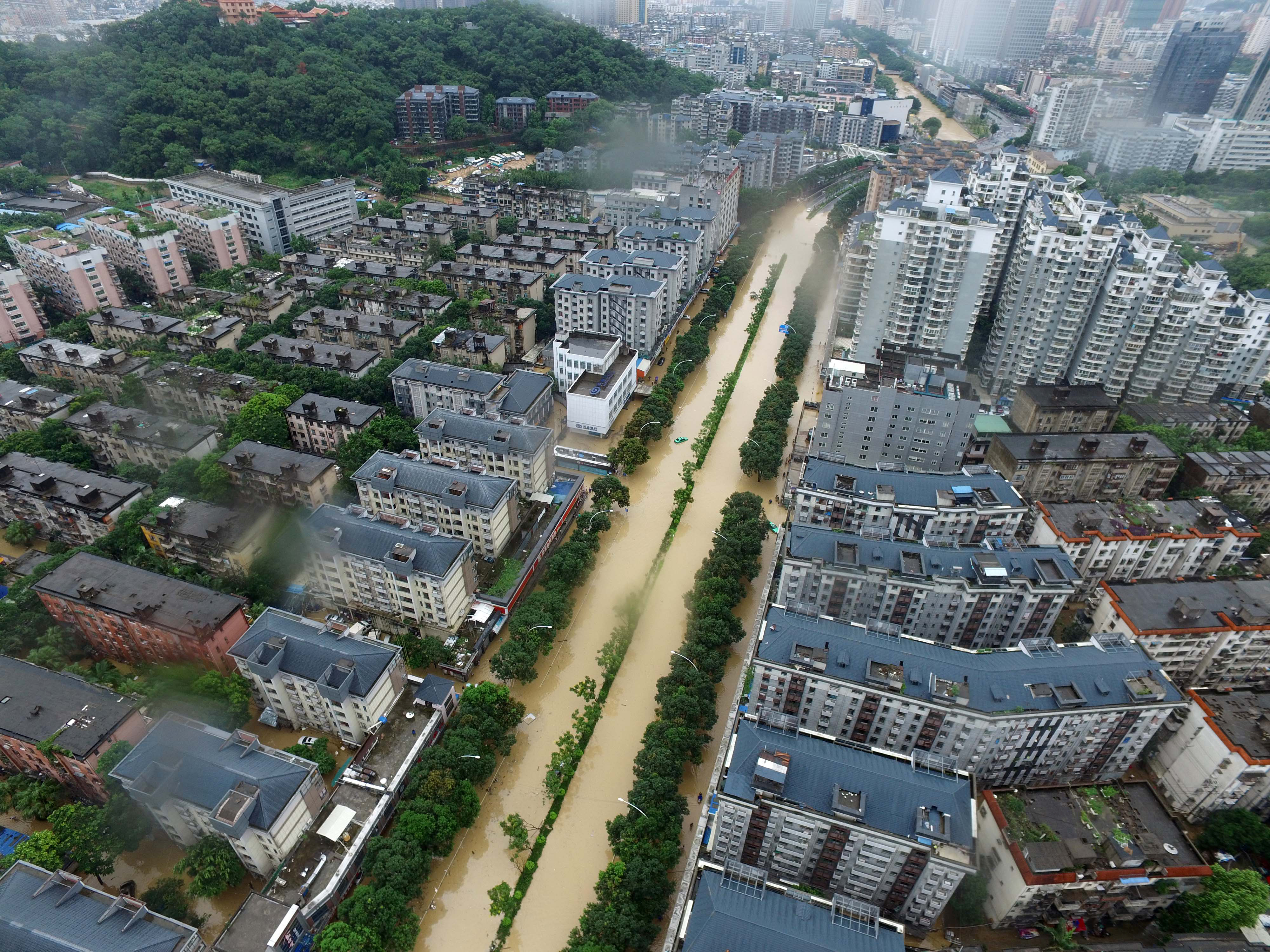
TAIPEI, Sept 27 (Reuters) – The third typhoon to hit Taiwan this month killed at least four people and injured hundreds on Tuesday, knocking down trees and cutting power to millions.
Most schools and offices were shut and the north-south bullet train suspended services as Typhoon Megi, packing winds of well over 160 kph (100 mph), roared in from the Pacific.
At least 167 people were injured and more than 11,500 evacuated, the government’s Central Emergency Operation Centre said. Authorities also estimated more than two million households had lost power, while over 45,000 were without water.
Taiwan’s financial markets were closed because of the storm.
Television footage showed people scurrying along city streets clutching umbrellas to try to fend off the rain.
Bus and subway services were mostly suspended in the capital, Taipei, while hundreds of international flights were canceled.
The typhoon was moving across Taiwan and expected to head into the Taiwan Strait and on towards China on Wednesday where it will make landfall in the southeastern province of Fujian.
China’s Ministry of Civil Affairs said it had ordered authorities across a large swathe of southern and eastern China to step up disaster prevention preparations.
This month, super Typhoon Meranti killed at least 28 people in China and Taiwan and cut power to more than a million homes.
Typhoons are common in the region at this time of year, picking up strength as they cross warm Pacific waters and bringing fierce wind and rain when they reach land.
(Reporting by J.R. Wu; Additional reporting by Ben Blanchard in
Beijing; Editing by Nick Macfie)








